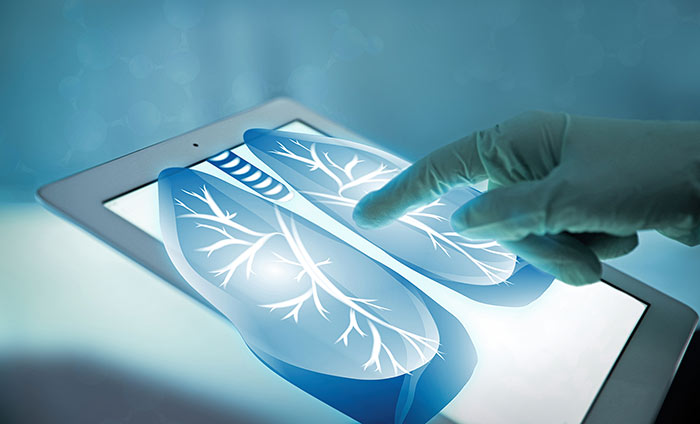Tuberculosis is bacterial infection caused by Mycobacterium Tuberculosis. It commonly affects the Lungs, but can affect other organs like the Gastrointestinal system, kidney, bones and the brain. It remains the highest cause of death amongst the infectious diseases. 2 billion people have latent TB and in 2009 it resulted in the death of 1,7million people.
About 1.1 million children (globally) and young adolescents’ children fall ill with TB every year.
Children are particularly vulnerable to getting TB. Younger children less than 2 years particularly at high risk for TB and progression after infection.
80% paediatric deaths from TB occur in children under 5 years, earlier screening and diagnosis can help to reduce TB disease and deaths.
All patients with TB, should be counselled and tested for HIV.
Clinical features
Symptoms are usually:
• Coughing (persistent and lasting for more than 2 weeks)
• Fever
• Weight loss in the past 3 months
• Haemoptysis (Coughing blood)
• Fatigue/Lethargy
• Lack of appetite
Diagnosing TB:
• Careful history and contact history. : to suspect when having constitutional symptoms, coughing and night sweats
• Clinical examination.
• HIV testing if status is unknown.
• CXR, commonly have cavitations, can have hilar lymphadenopathy.
• Sputum testing for Acid fast Bacili (AFB) and TB GeneXpert.: AFB found in the sputum confirm the diagnosis.
• TB GeneXpert can be done in less than 2 hours and is more sensitive in detected TB than AFB.
• Urine TB Lam – in patients with HIV.
Treatment:
TB is curable.
Pulmonary TB sensitive to Rifampicin, can be treated for 6 months. If TB is found outside the lungs, treatment is for longer.
Gastrointestinal, or urinary system, treatment is for 9months.
TB involving the brain or spine, treatment is for 12 months.
The TB drugs are given according to weight, the ingredients include Rifampicin, Isoniazid, Ethambutol and Pyrazinamide.
Patient needs to monitor for side effects and response to treatment.
Prevention:
TB is preventable and curable.
BCG vaccine, it is a live attenuated bacterial vaccine derived from Mycobacterium bovis.
BCG provides good protection up to 90% against severe forms of TB, like TB meningitis and Miliary Tb.
Vaccinated children exposed to people with infectious TB had 19% less TB infection, than unvaccinated children.
BCG recommended in setting of high incidence of TB.
Single dose should be given to all healthy neonates, if it cannot be given immediately after birth, it should be given soon after.
Children with HIV should not receive BCG, risk of disseminated BCG disease. If receiving ARVs and immunologically stable can be vaccinated.
Screening:
Screening should be done for children under the age of 10 years old exposed to someone with confirmed TB.
Screening is done by asking symptoms, doing a tuberculosis skin test and possibly chest x-ray. If screening negative, they should be offered TB preventative medication, if not contraindicated.
Testing:
• Tuberculosis skin testing: injection of tuberculin purified protein derivative (PPD).
+ 5mm or more in HIV +, severe malnutrition.
+ 10mm or more in healthy children.
TB prevention treatment:
• Household contacts – Children under 5 years with a contact confirmed with TB.
• Infants, children, and adolescents living with HIV.
• Rule out TB before starting TB prevention treatment.
Options for TB prevention:
6- or 9-months INH daily
→ Prevention and Control:
• Isolation of people with presumed or demonstrated TB.
• Respiratory hygiene (Cough etiquette).
• Proper ventilation systems.


